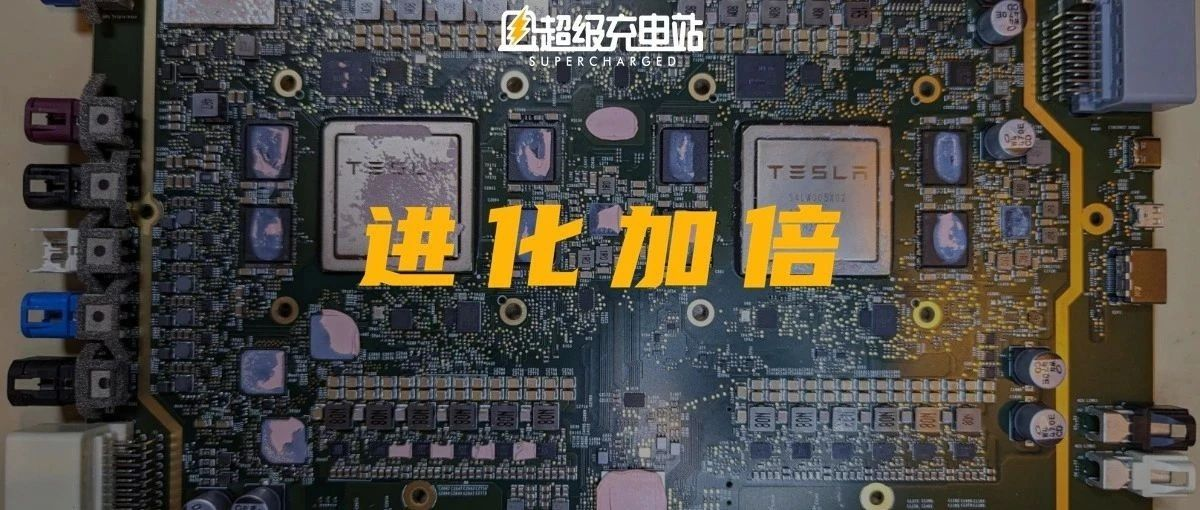Author: Chang Yan
Today, we finally get to take a look at Tesla’s HW4.0 computing core together.
Tesla’s leak expert Green successfully continued the tradition of global first releases with every generation of hardware leaks, revealing almost all of the veil of HW4.0 to us.
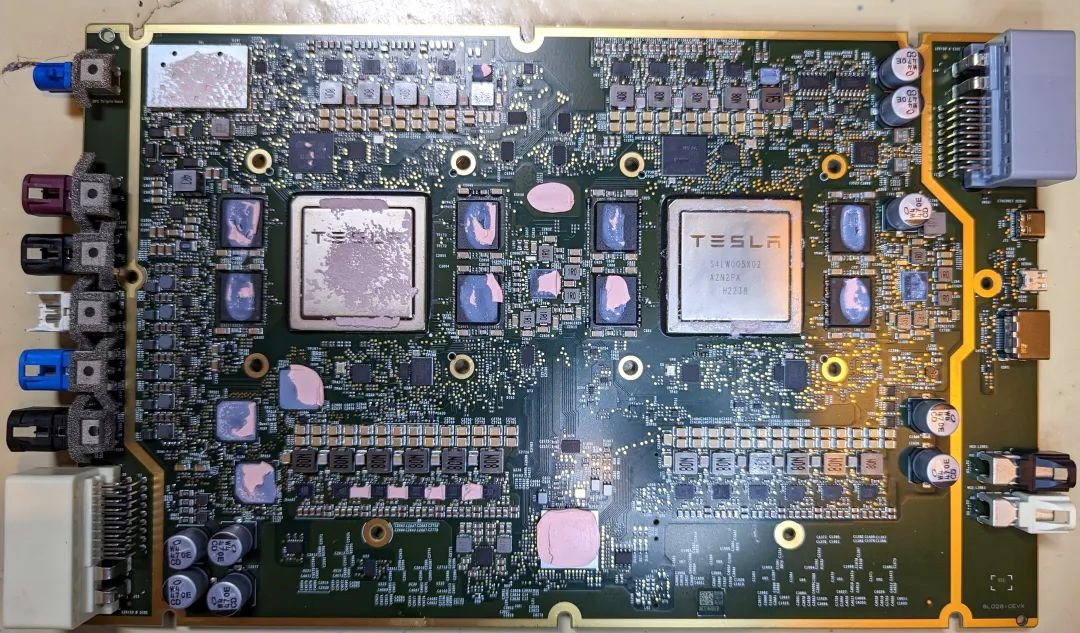
He not only obtained a physical HW4.0 computing core, but also disassembled it and posted high-resolution scanned photos on his own website.
In the subsequent pictures, the left/up is HW4.0, and the right/down is the HW3.0 module upgraded with MCU computing performance that is currently used in Plaid models.

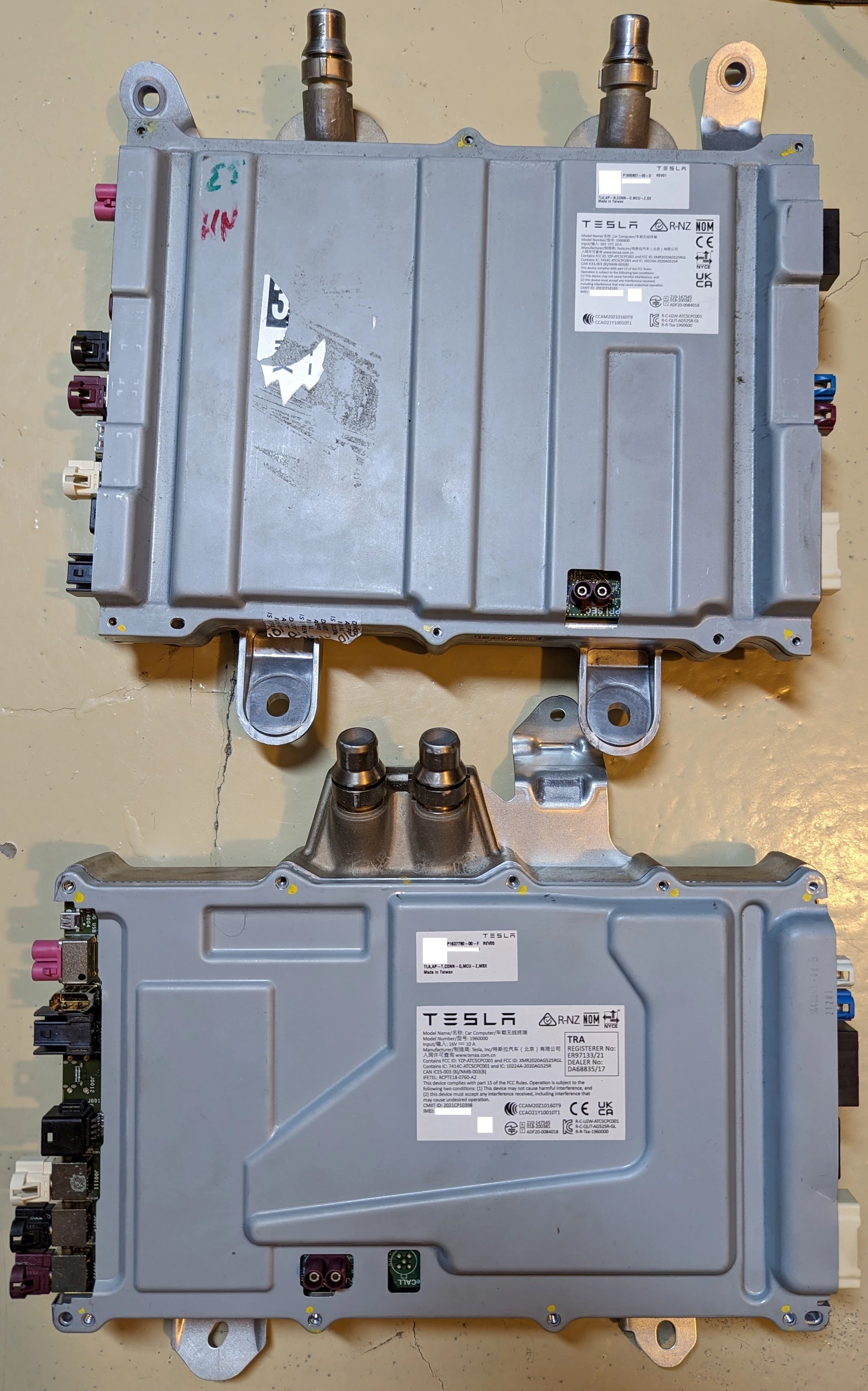
Obviously, the two sets of hardware cannot be universally used in terms of size, shape, and wiring, which also confirms Musk’s previous statement that existing models will not be upgraded to HW4.0 because the cost and difficulty of upgrading will be very high, and apart from the reason for the appearance shape, the depth changes in sensor layout and properties are the main factors that restrict the upgrade.

The change of the shell indicates a rethinking of the internal layout.
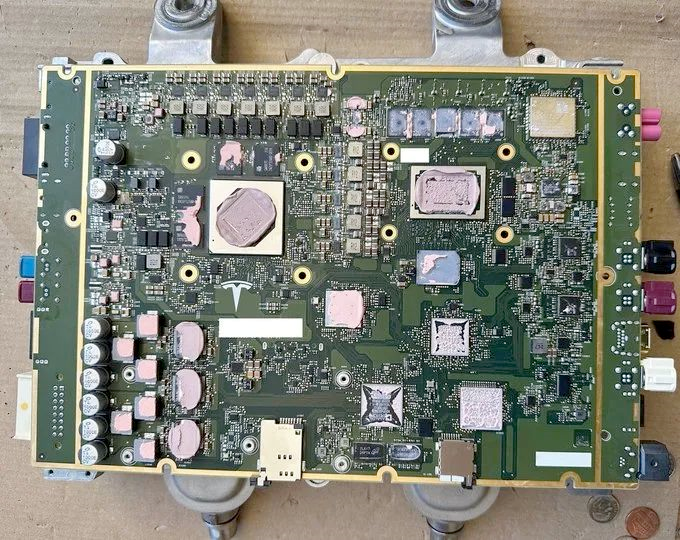
In terms of pure MCU, HW4.0 uses the same AMD CPU and GPU, and has comparable “PS5 gaming capabilities”, with 16GB of memory and 256G of NVMe interface storage, all of which are the same as the current HW3.0. But this time the GPU is directly integrated on the PCB where the CPU is located, making this part take up less space and leaving more convenience for the layout of the autonomous driving chip.
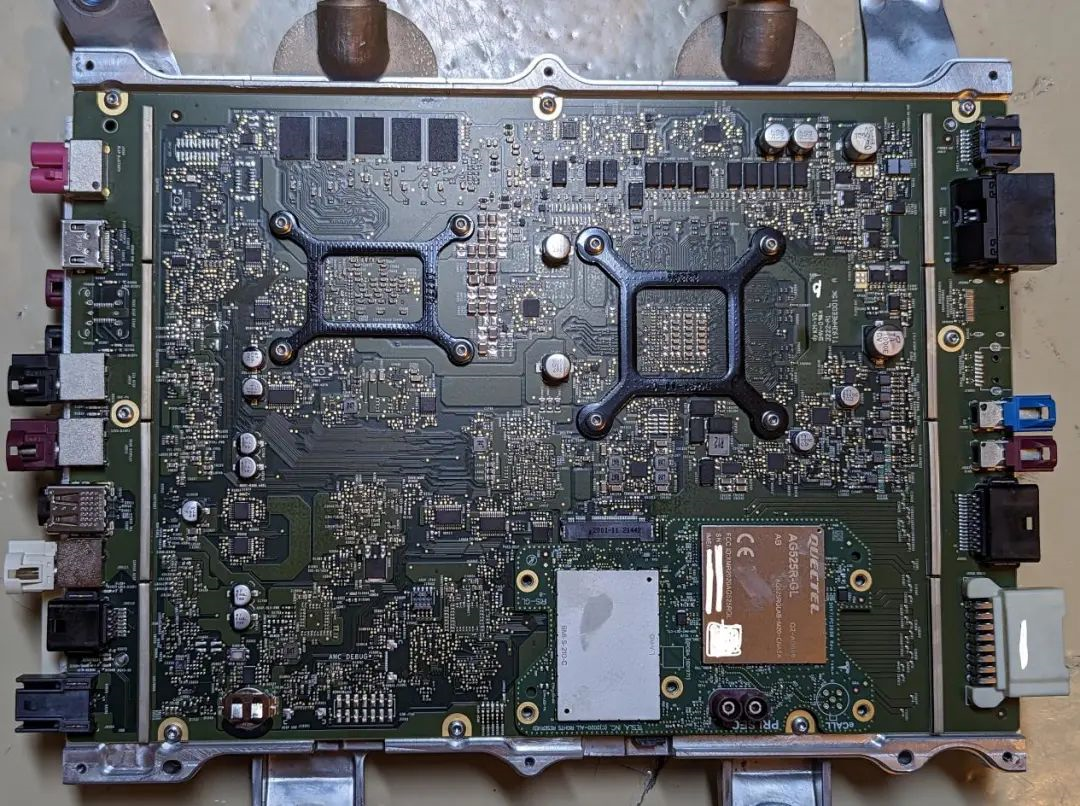
The new FSD chip is an improvement rather than a complete rebuild, after all, legendary engineer Jim Keller has also left. The chip is still based on Samsung’s Exynos architecture, but the number of CPU cores has increased from the previous 12 to 20, with a maximum frequency of 2.35GHz and a low-power frequency of 1.37GHz. The number of TRIP cores has increased from 2 to 3 with a maximum frequency of 2.2GHz.
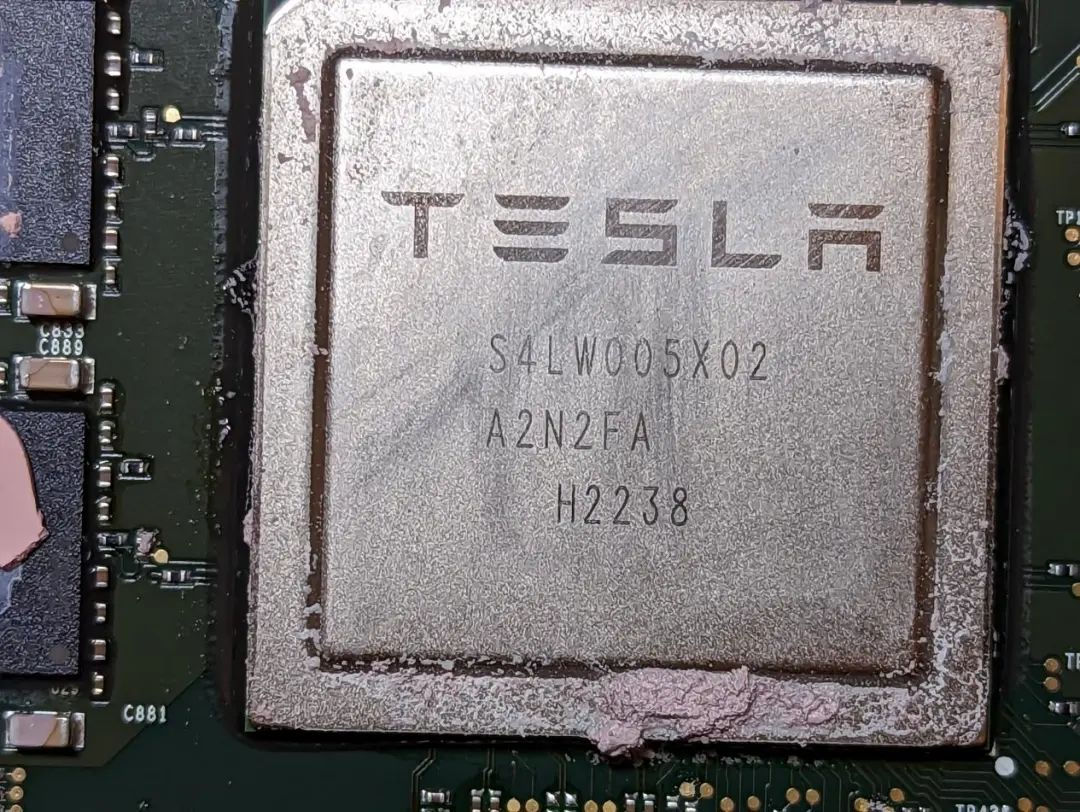
Like HW3.0 before it, each car also provides two FSD chips, which can provide dual computing power and redundancy. This makes the entire PCB look symmetrical, with identical power interfaces on both sides, and two MCU connection modules. However, at present, HW4.0 cannot achieve true redundancy. If one side of the power supply fails, the entire system’s data connection will still be disrupted.

With its six cameras and eight microphones, Tesla HW4.0 has more “eyes” and “ears” than ever before.
HW4.0 now supports 12 camera inputs, with one position reserved for backup cameras, so 11 cameras can be deployed.

Each socket is labeled with the location of the camera, such as F-SVC, L-SVC, R-SVC, L-FF-Rear, and R-FF-Rear.The following is the translated Markdown text in English, preserving HTML tags:
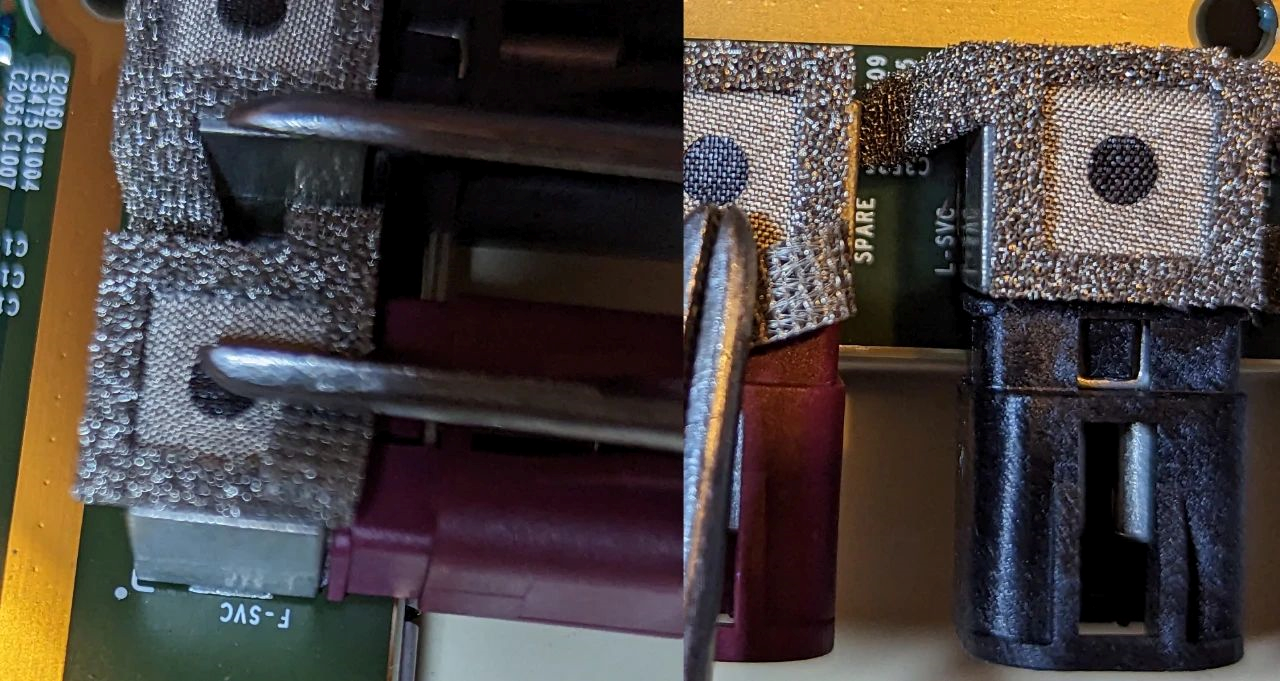
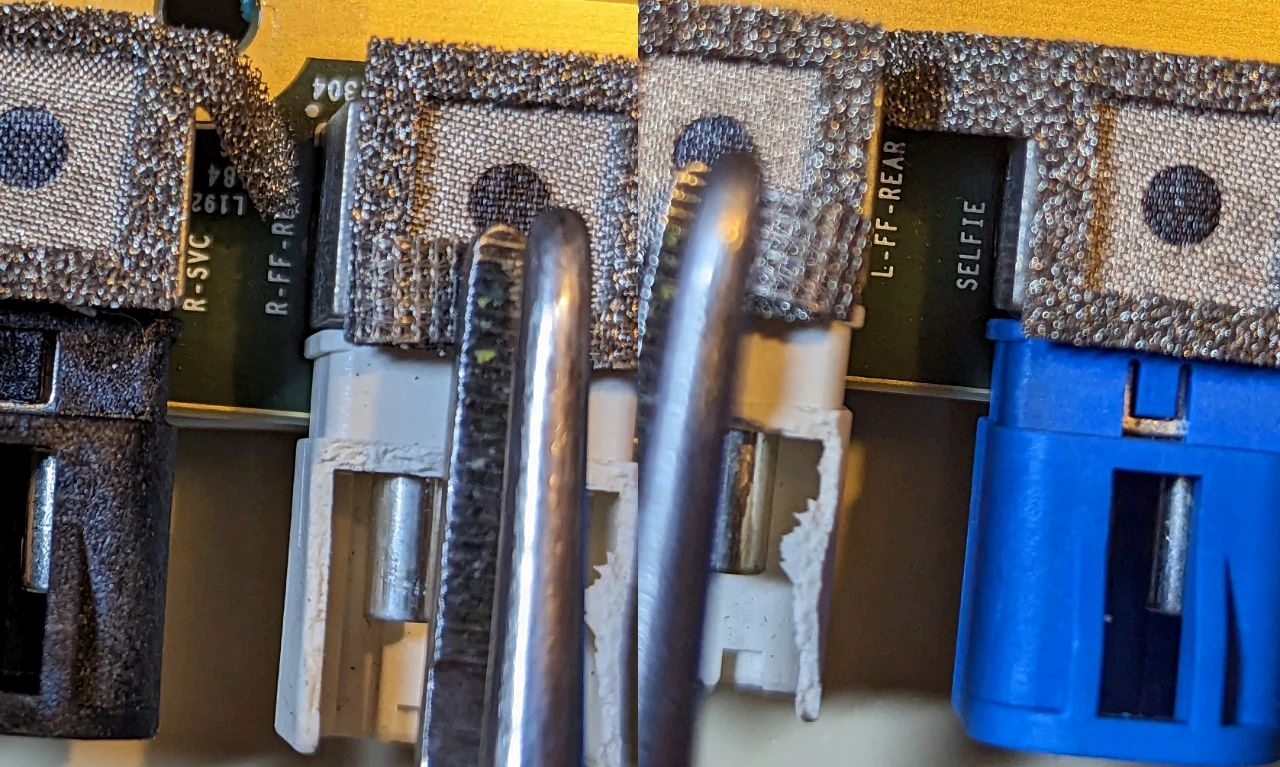
It can be confirmed that there are two cameras on the front windshield, which was also captured in the previous real car photos, and there is still a camera inside the car.
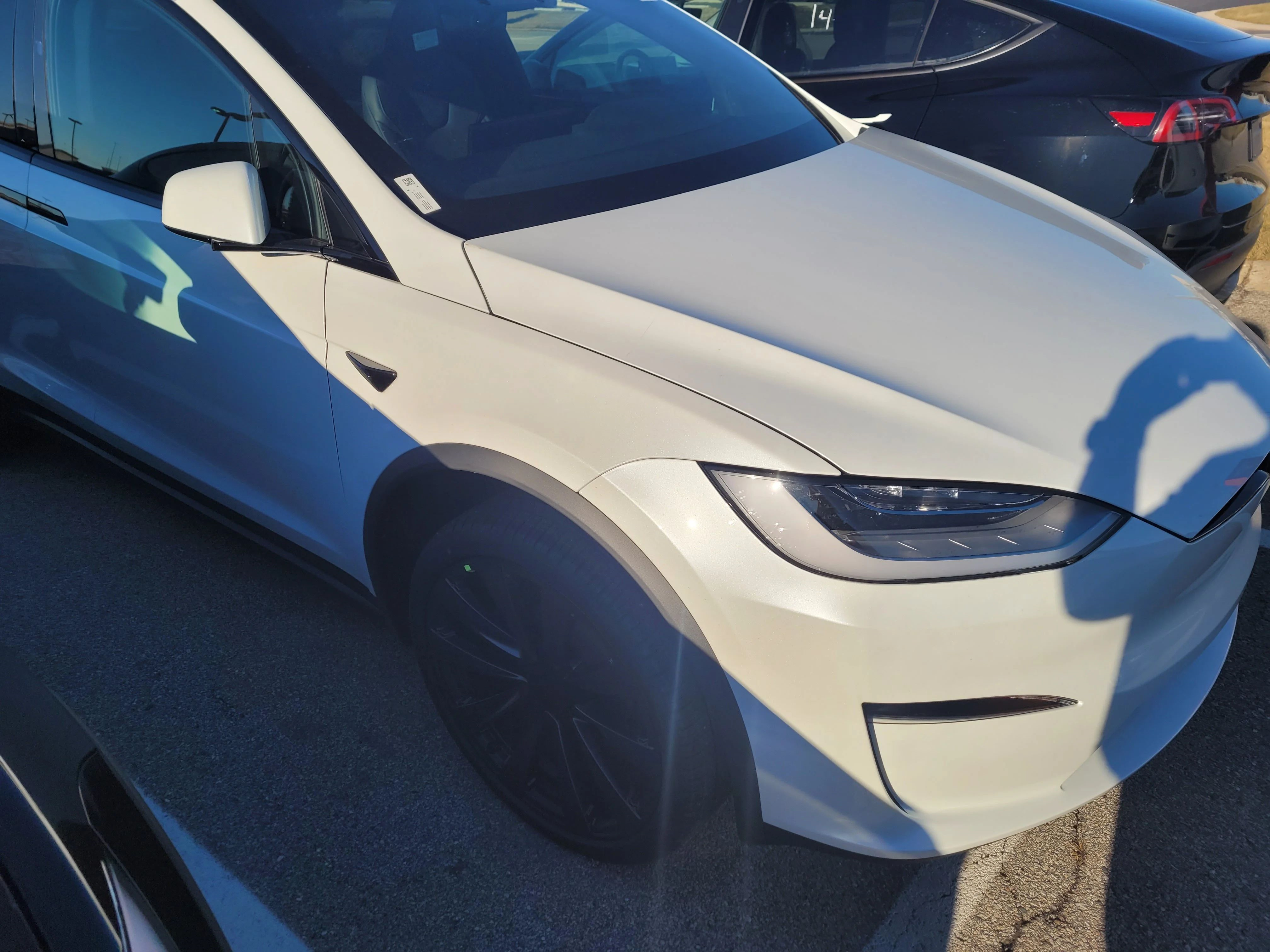
Green God speculates that the L-FF-Rear and R-FF-Rear two cameras should appear at the front fender positions.

The addition of the SVC camera has aroused our curiosity. According to Tesla's vehicle parts library EPC, in the previous model codes, SVC corresponds to the vehicle's bumper. Therefore, the Green God believes that blind spot cameras will likely appear on the front and rear bumpers, completely solving the previously criticized Tesla's front and rear blind spot problem.

The GPS module has also been updated, with a more powerful tri-band antenna. The previous European declaration documents have shown that this new module will also benefit other countries' standard global positioning systems.
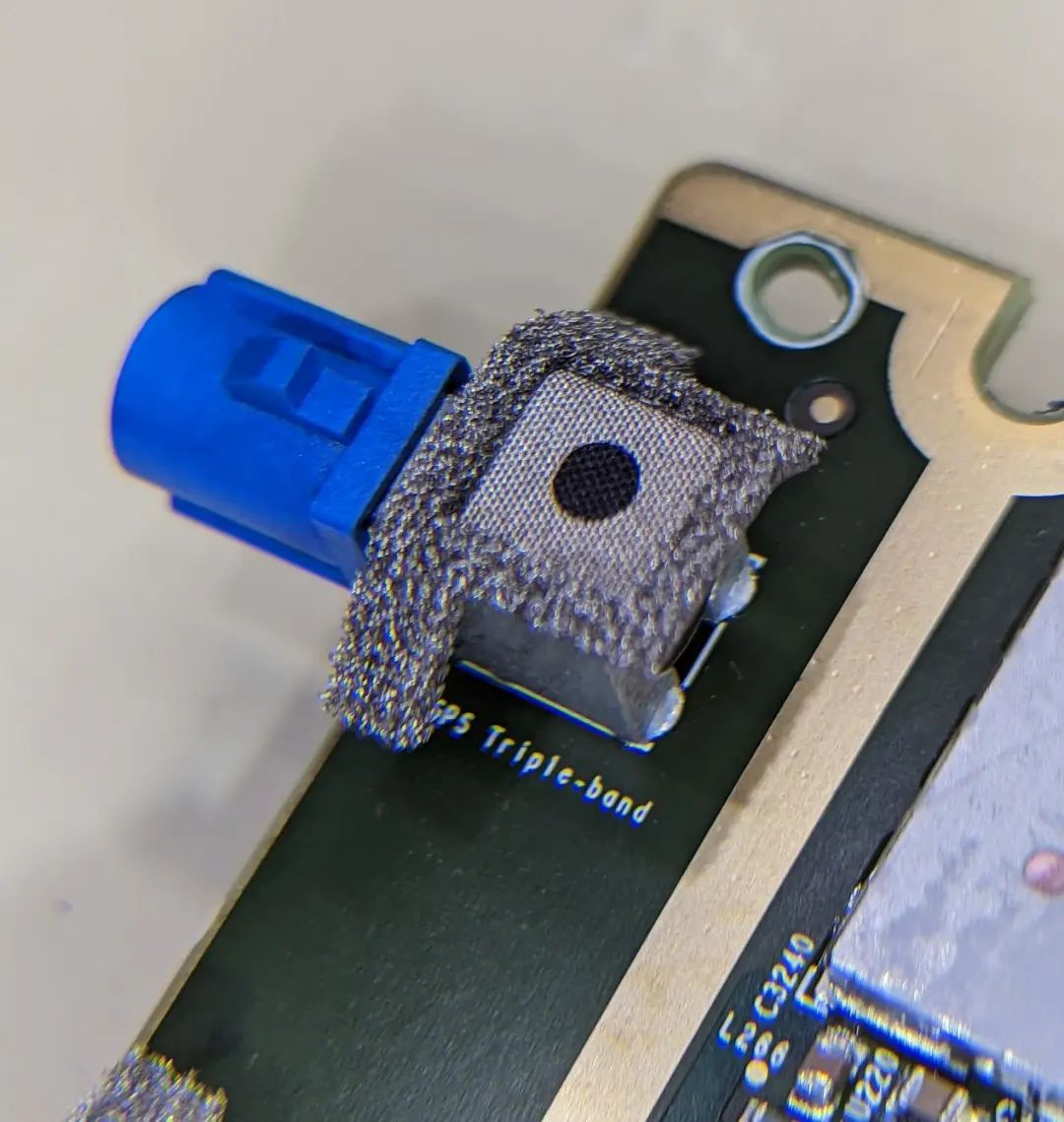
The thing that has been speculated repeatedly before has finally come true. HW4.0, with the codename Phoenix, has added radar back on, and the radar has its own heater to ensure better all-weather performance.
With the boost of performance, power consumption grows significantly. GreenShan stated that the power consumption of HW4.0 is about twice that of HW3.0 and even adds stronger power support.
So, when can we expect to see HW4.0 on the road? According to GreenShan, the production of HW4.0 modules has already begun, and it is highly probable that it will be officially announced on Tesla’s Investor Day on March 1.
Yesterday, Bloomberg’s article also mentioned that the Shanghai factory is undergoing improvements and is expected to produce the updated Model 3 in the second half of the year. No matter if it’s an imported S/X or a new local 3, Chinese users are not far away from HW4.0.
Hopefully, FSD will also land in the “new home” soon.
This article is a translation by ChatGPT of a Chinese report from 42HOW. If you have any questions about it, please email bd@42how.com.
